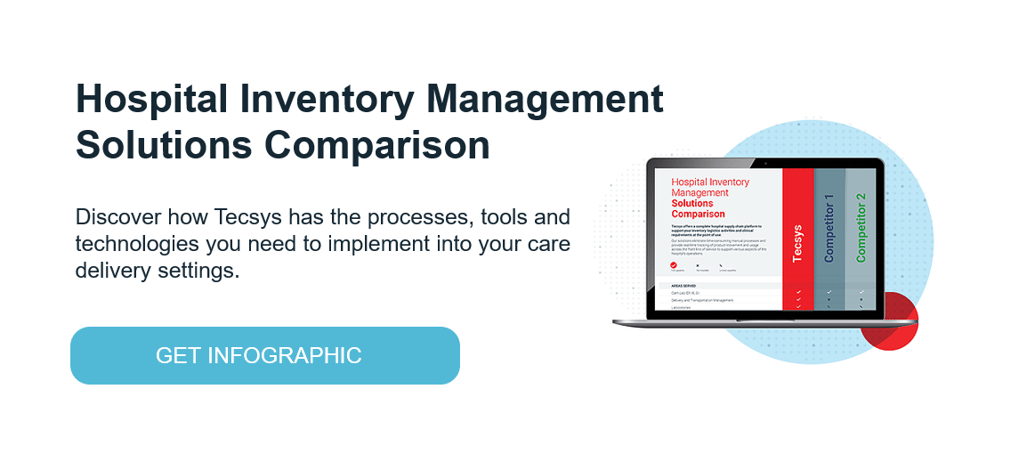How to Achieve Patient-centric Healthcare Supply Chain Management

While healthcare has been able to leverage some supply chain best practices from other industries in order to boost efficiency and reduce costs, the healthcare supply chain is fundamentally different. At the end of the chain is a patient whose health depends upon the quality and availability of supplies. It takes the clinical and operational sides of an organization to come together in a collaborative fashion to deliver the highest quality of affordable care. With supplies being the second largest area of expense for healthcare organizations, this is no easy task.
Patient-centric Healthcare Supply Chain Management
This type of healthcare supply chain management style requires a health system or hospital to build its operations around what best supports the clinicians and the patients. Rather than simply ordering supplies at the lowest possible cost, the supply chain team is directly engaged with clinicians to understand the rationale behind their supply requests and purchase supplies that provide the best outcomes for the patients.
Below are three things that need to happen in order to achieve patient-centric healthcare supply chain management at your facility:
1. Create a Patient-centric Culture
When each and every department and individual within a healthcare organization places the patient as the priority of their work, the quality and value of care increases. It starts at the top, health system and hospital leaders must set the tone for a patient-centric approach to healthcare delivery, so that all employees, including those outside of hands-on patient care, make decisions based on their impact to the patient. This includes educating non-clinical staff, including supply chain teams, on how their roles impact care delivery.
2. Build Multidisciplinary Teams
Healthcare supply chain management leaders struggle to make supply decisions that are beneficial to both the health of patients and the financial health of their organizations. It becomes even more challenging when clinical and supply chain teams operate in silos. Increasingly, healthcare organizations are embracing the concept of a clinically integrated supply chain where clinicians and supply chain stakeholders — and in many cases finance teams — come together and share information on supply choices for holistic decision-making. For example, they may collaboratively discover that while a product may be priced slightly higher than another, it saves costs in the long term by improving outcomes and reducing complications.
3. Optimize Supply Chain Processes
Health systems and hospitals with outdated supply chain technology platforms and manual processes rely heavily on clinicians for inventory management and product tracking. When clinicians waste time searching for the products they need or must perform multiple steps to document product usage into an electronic health record (EHR), that takes time away from direct patient care. Healthcare organizations that embrace modern supply chain tools and technologies can automate these processes, enabling clinicians to maintain their focus on the patient. With real-time visibility into inventory, supply chain can get the right products to the right places at the right times. Point of use (POU) product capture via barcode scanning or RFID and system integration for electronic data sharing not only supports accurate and timely supply replenishment, but also patient safety by facilitating improved adverse event reporting and recall management.
It’s a Team Effort
As you can see, patient-centric healthcare supply chain management is not something that relies solely on the shoulders of material managers to create and execute. All disciplines within a healthcare organization need to be committed to collaborating with each other to maximize their contributions and help ensure the best care is delivered to the patient. Everyone should be invested in making the supply chain the best it can be.




